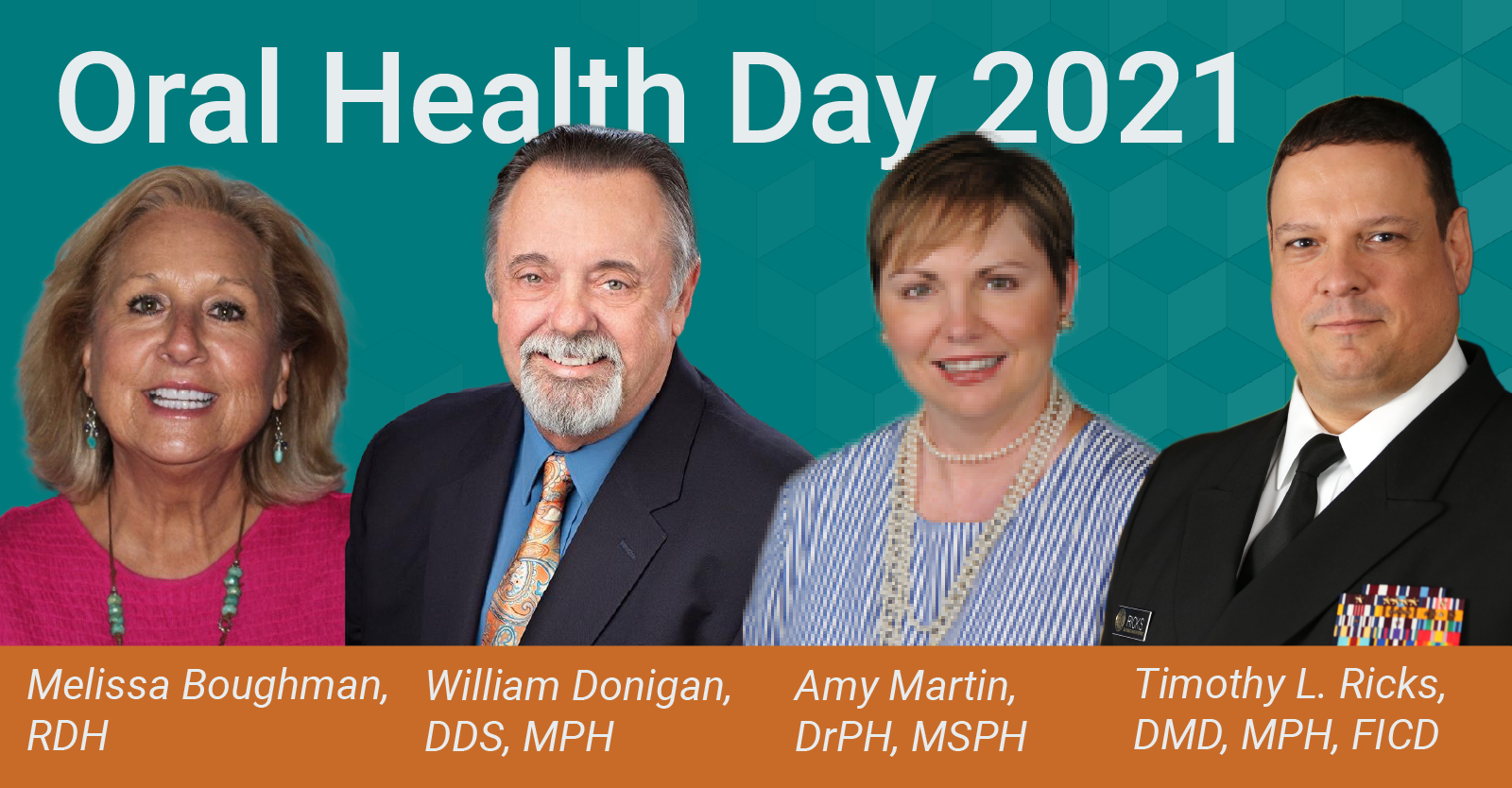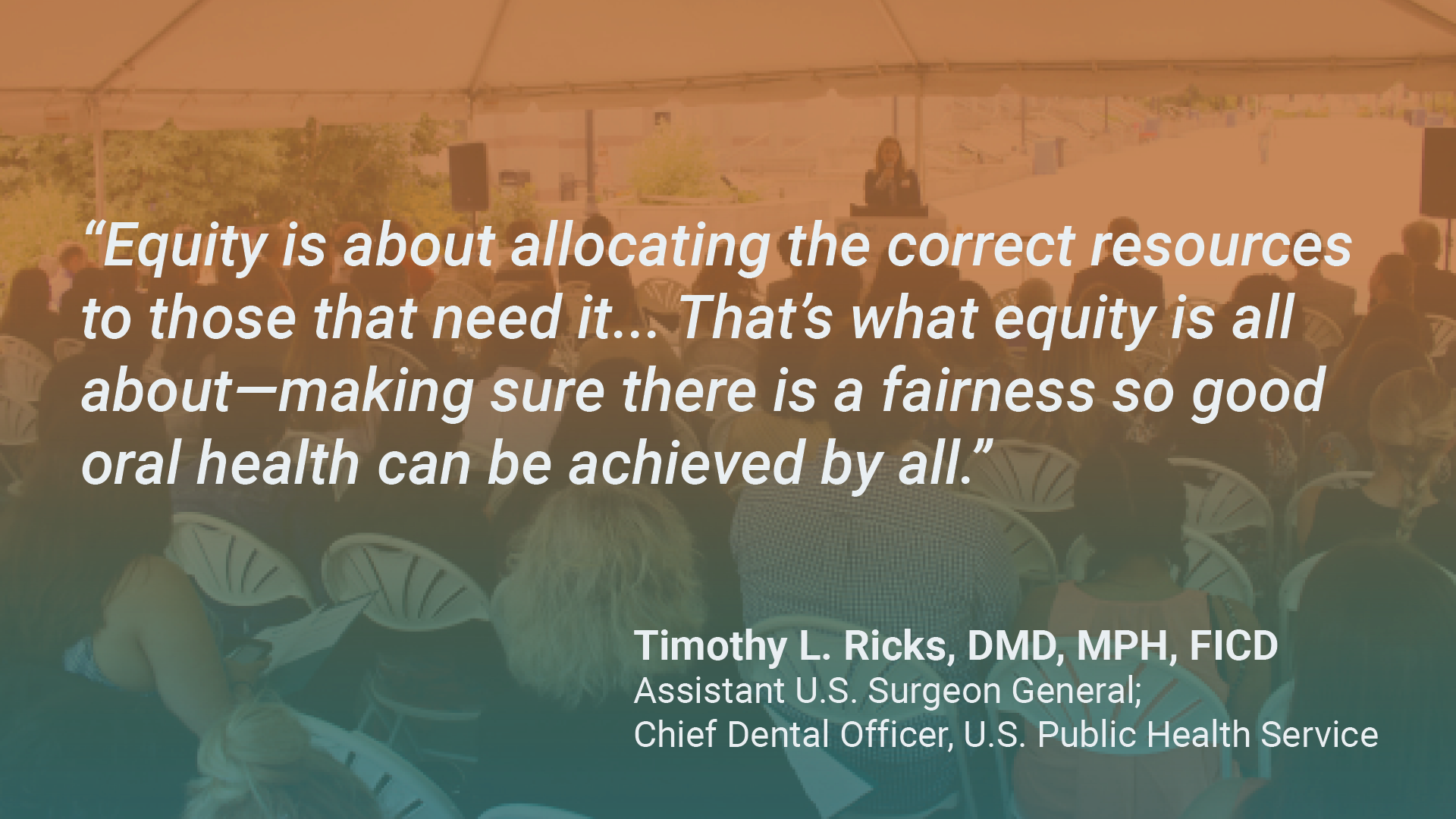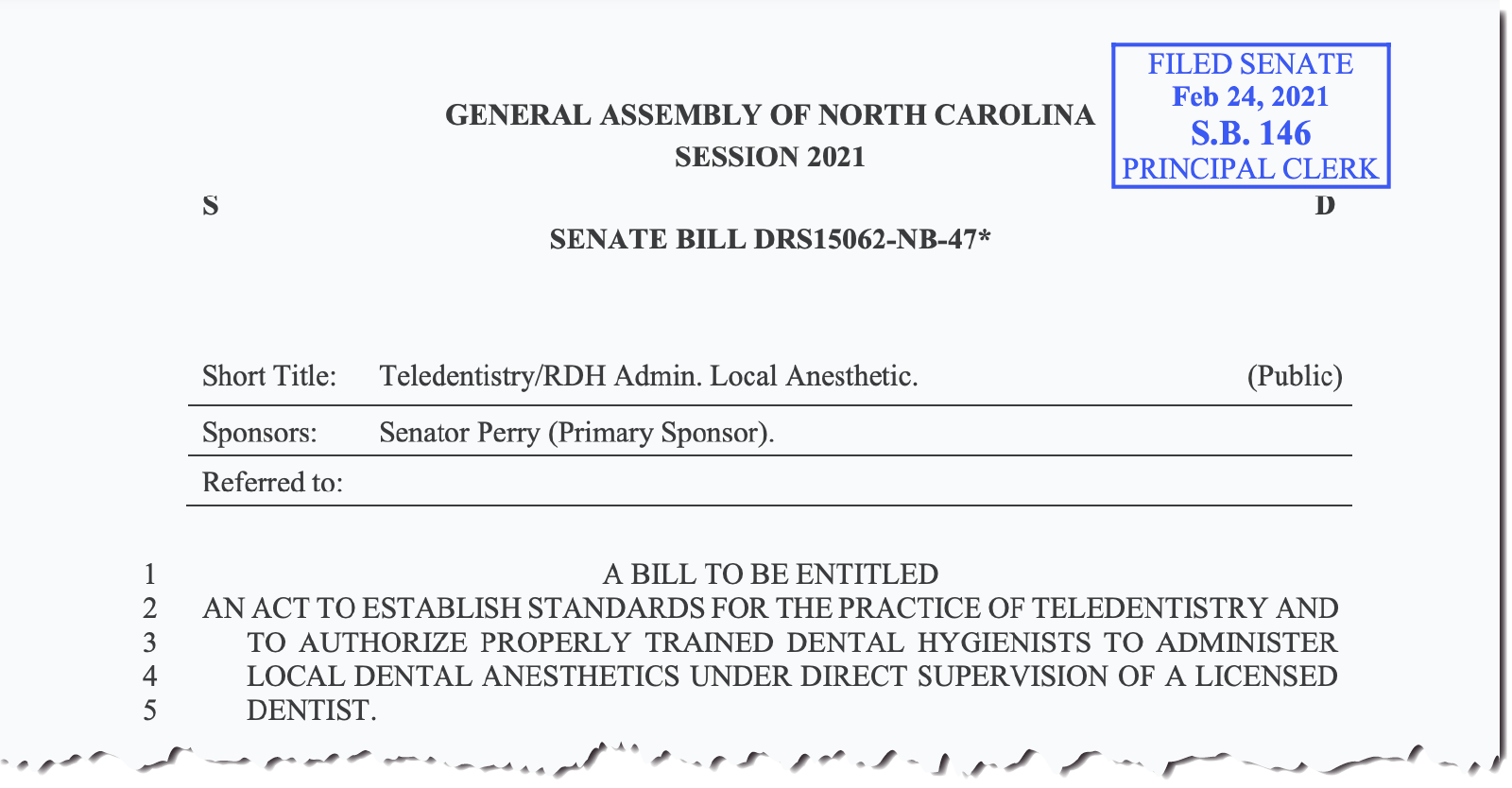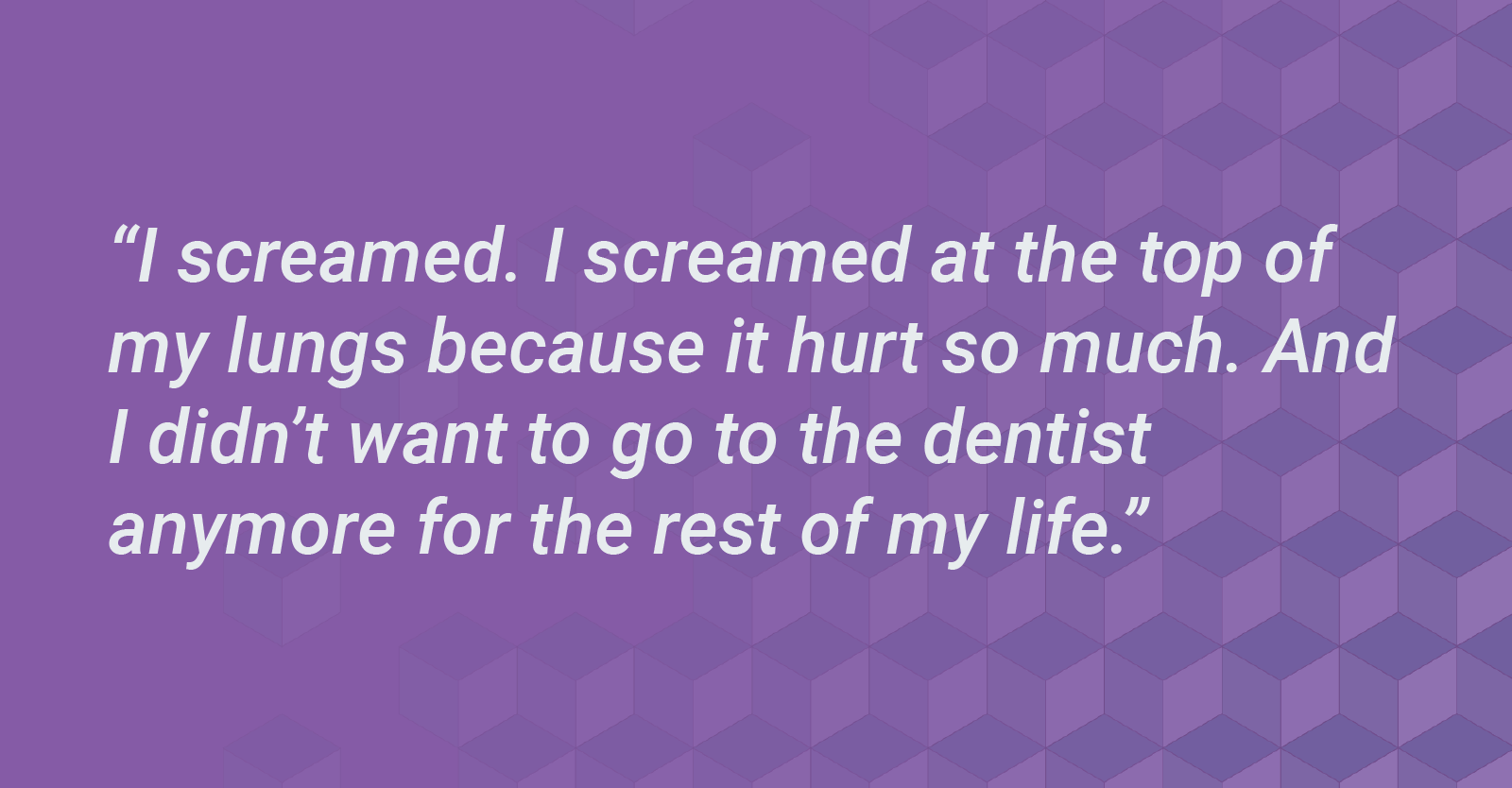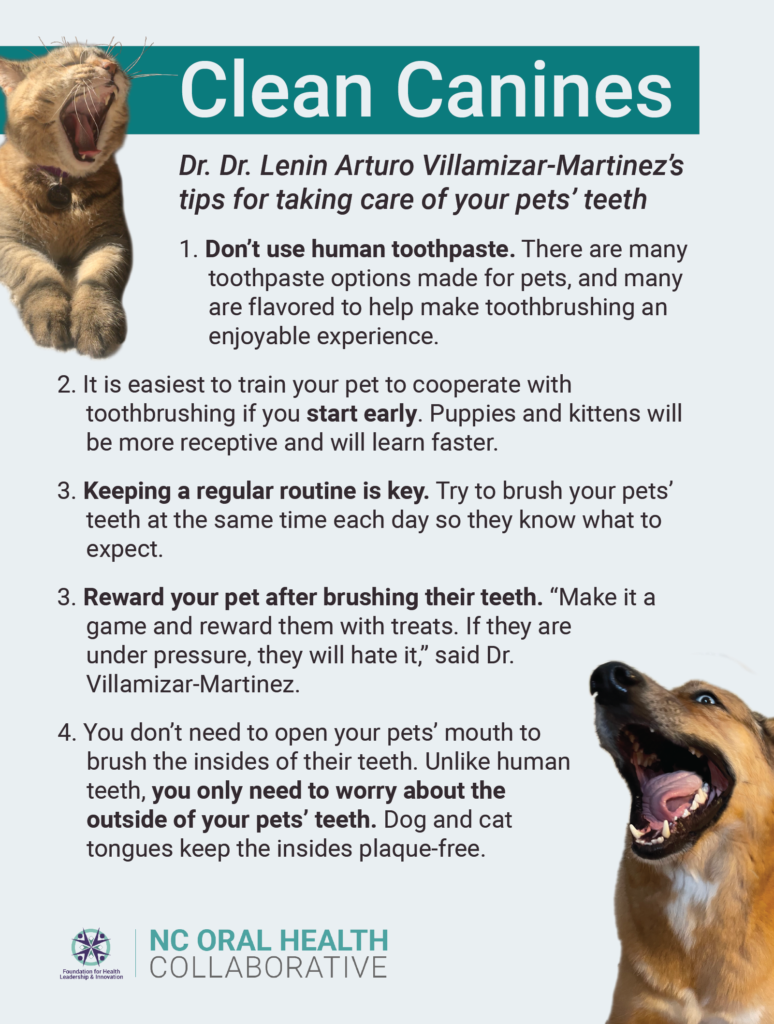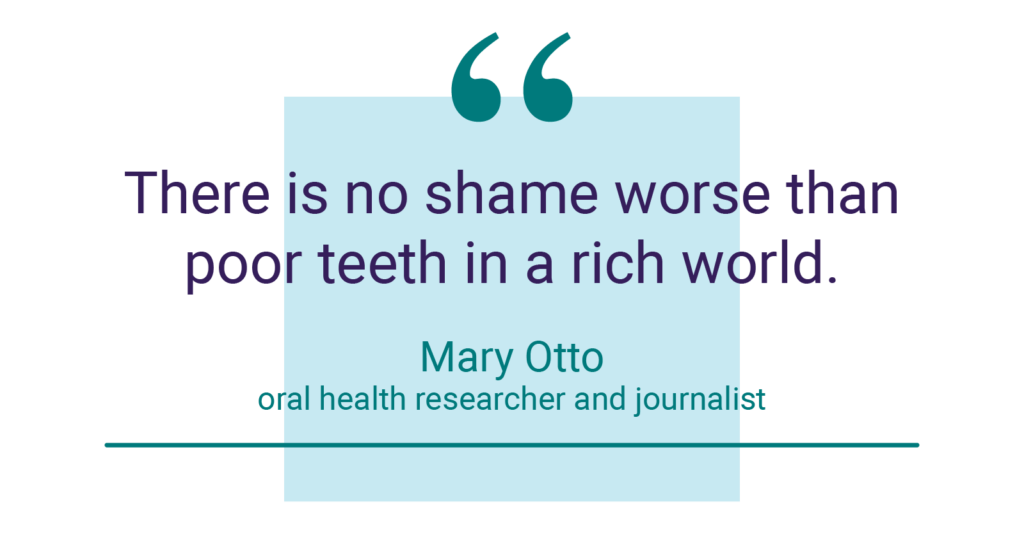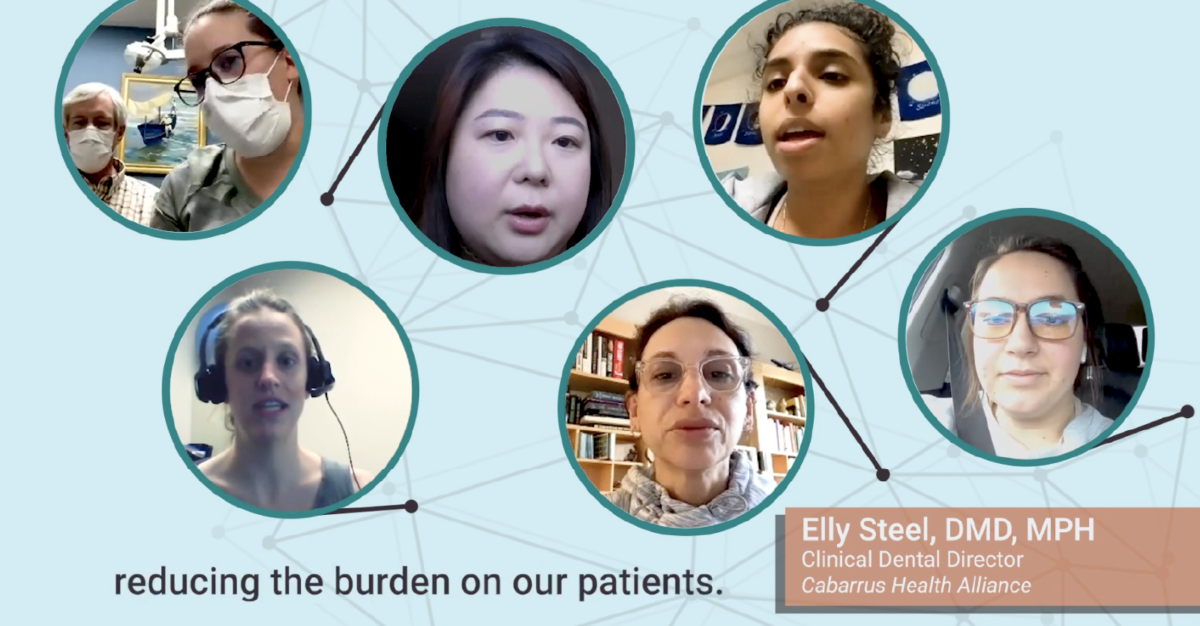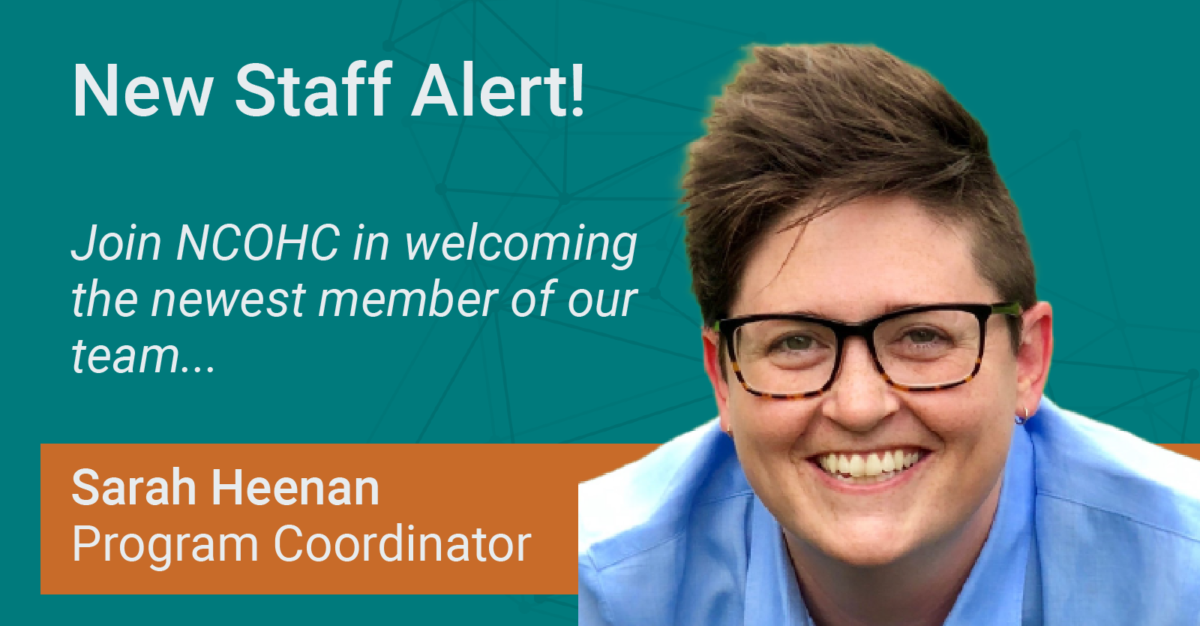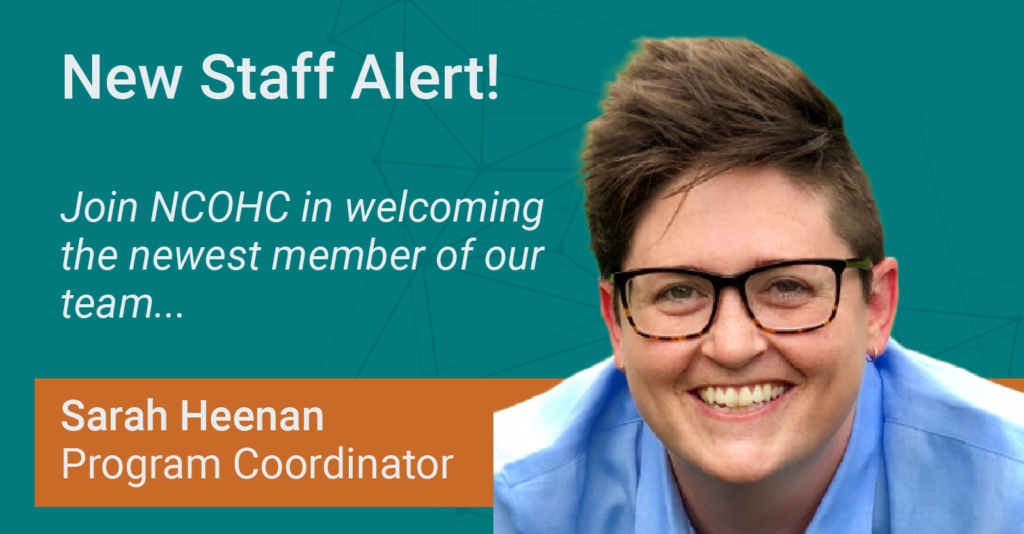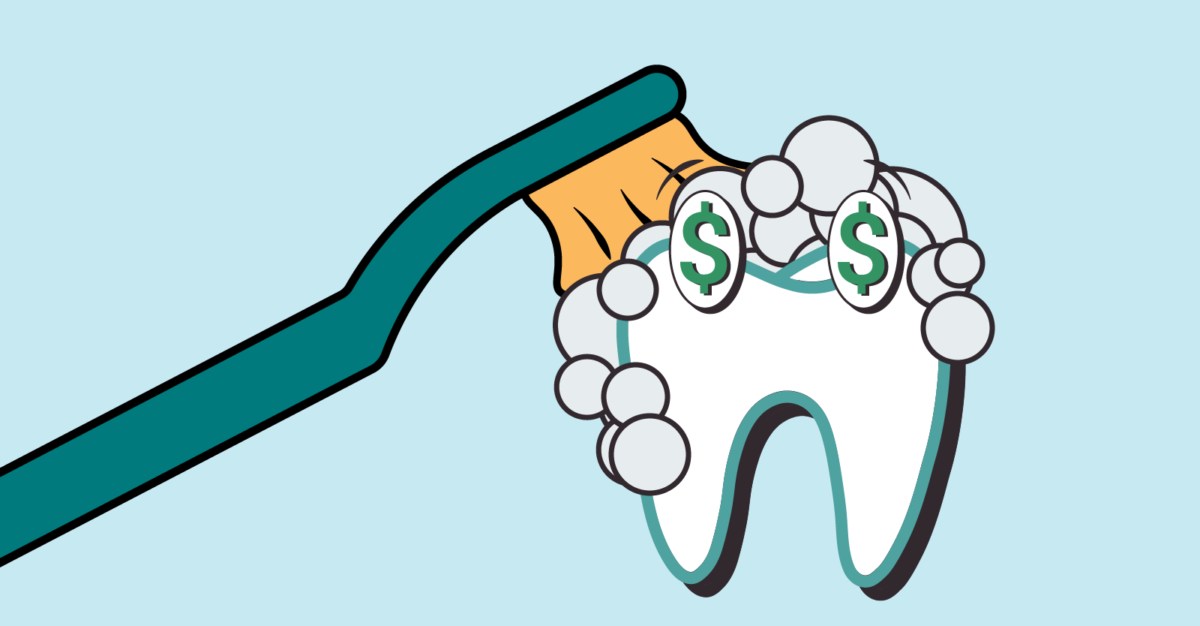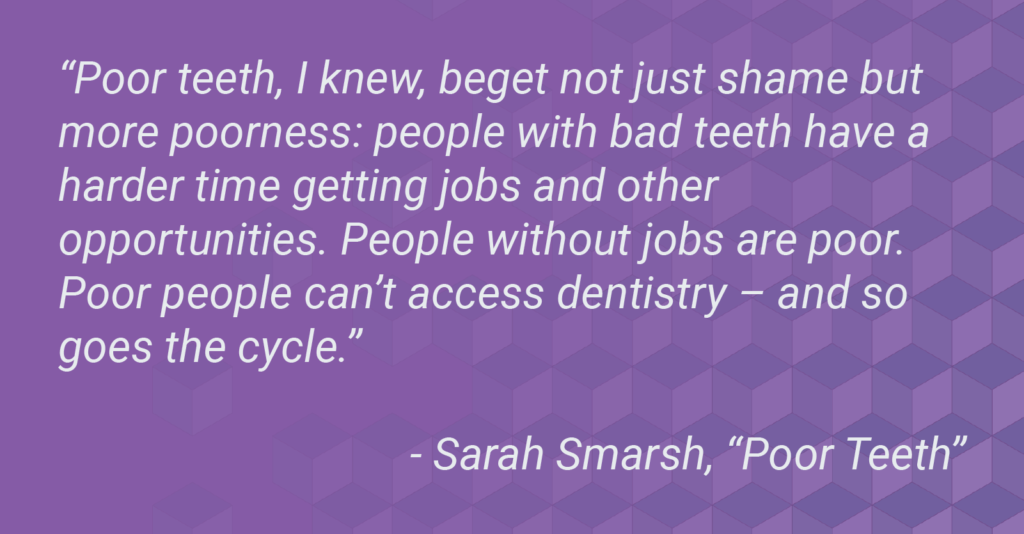Oral health providers: Make sure to scroll to the bottom of this post to learn more about a school-based oral health grant opportunity from The Duke Endowment, the Blue Cross and Blue Shield of North Carolina Foundation, and the Blue Cross and Blue Shield of South Carolina Foundation
The COVID-19 pandemic has offered many lessons for public health, one of the greatest being the importance of “meeting people where they are.” Whether it be serving patients remotely via teledentistry or enabling dentists to deliver COVID-19 vaccinations, the oral health care community has shown resilience and innovation in expanding access to care during the pandemic.
Yet there are many more opportunities to increase access and equity in oral health care, both during and post-pandemic. One of these opportunities is expanding school-based dental programs.
In this post, we’ll take a look at school-based dental programs — what they are, why they’re needed, and how they can transform overall health in North Carolina by increasing access to oral health care for some of our state’s most vulnerable populations.
What Are School-Based Dental Programs?
School-based dental programs provide a range of oral health care services directly to students. While the extent of services offered varies, every school-based dental program brings care into the community, providing access to oral health care that many vulnerable populations may otherwise be denied.
Some school-based dental programs utilize fixed equipment in schools, while others rely on mobile clinics parked on school property. Services provided may include, but are not necessarily limited to:
- Oral screenings and risk assessments
- Fluoride varnish applications
- Dental sealant applications
- Oral prophylaxes
- Radiographs
- Oral hygiene instruction
- Nutrition and/or tobacco counseling
Above all, the configuration of school-based dental programs is flexible, and there are impactful ways to meet communities’ needs across all types of clinical models (more on this a little later).
In particular, school-based dental programs are uniquely positioned to address the social determinants of health, many of which present significant barriers to oral health care for school-aged children. The success of these programs in driving positive oral health outcomes is also well-documented, as we will explore further in this post.
“School-based health programs can level the playing field for children otherwise unable to access oral health care services,” says Dr. Zachary Brian, director of the North Carolina Oral Health Care Collaborative (NCOHC), a program of the Foundation for Health Leadership and Innovation (FHLI). “These programs offer an approach that can significantly increase access and equity for children across our state.”
The Need for School-Based Dental Programs
The need for improving access to oral health care for children in the United States is starkly evident, as is the opportunity for school-based dental programs to address disparities and barriers faced by at-risk populations.
Dental caries (cavities) is the most common chronic disease among U.S. children, according to the U.S. Department of Health and Human Services. According to the Centers for Disease Control and Prevention (CDC), roughly 52 percent of U.S. children have had a cavity in their baby teeth by the time they are eight years old.
In North Carolina, almost 50 percent of schoolchildren have tooth decay, according to the NC Department of Health and Human Services, Oral Health Section.
Disparities in oral health status between socioeconomic groups are also widespread. The CDC reports that low-income children are twice as likely to have cavities as higher-income children. In North Carolina, the picture is just as bleak. According to an analysis by NC Child, “children from poor, rural counties [in North Carolina] tend to have the highest rates of decay.”
“We have a high percentage of schools with students who get free and reduced lunches. We have some schools where 100 percent of our students receive that free lunch because of how many of them qualify under the federal poverty level,” said Dr. Elly Steel, dental clinical director at the Cabarrus Health Alliance, which has operated a school-based program since 1999. “With these children who aren’t getting access to care in other places, bringing the care to them at their schools is really helpful.”
Racial and ethnic disparities are extreme, as well. A study of more than 70,000 North Carolina kindergarteners found that “the prevalence of dental caries was 30.4% for White, 39.0% for Black, and 51.7% for Hispanic students.”
The Importance of Oral Health for Children
With an ever-increasing amount of evidence establishing a connection between oral health, overall health and wellbeing, the case for expanding access to oral health care for children is clear.
Oral health plays an important role, not only in children’s overall systemic health, but also in their well-being and social development. The CDC reports that, “on average, 34 million school hours are lost each year because of unplanned (emergency) dental care.”
The data in North Carolina is similarly damning, with an analysis finding that “children with poor oral health status were nearly 3 times more likely … than were their counterparts to miss school as a result of dental pain.” The study concluded that children with poor oral health status were also more likely to perform more poorly in school.
Oral health is also integrally connected with a child’s self-esteem and behavioral health: one recent study found that “various dental disorders … cause a profound impact on aesthetics and psychosocial behavior of adolescents, thus affecting their self-esteem.”

Social Determinants of Health
The social determinants of health are significant factors driving disparities in access and outcomes for North Carolina’s school-age children. Parents and caregivers often lack access to reliable transportation to take children to and from dental appointments. And even when transportation is available, however, it may be impossible to get time off work.
Location also plays a major role, with access to oral health care significantly more limited for those living in rural areas. In North Carolina, dental providers are highly concentrated in urban centers; 98+ of the state’s 100 counties are designated as Dental Health Professional Shortage Areas (dHPSAs) by the Health Resources and Services Administration (HRSA).
Why School-Based Dental Programs for North Carolina?
The need is apparent, and while efforts to improve and sustain surveillance and evaluation in oral health care have been undertaken in North Carolina, the state lacks an adequate system to provide direct preventive services and closed-loop referral for comprehensive oral health care for at-risk populations. School-based dental programs can fill critical gaps in that system by meeting people where they are and reducing barriers to care influenced by the social determinants of health.
Increasing Access, Improving Outcomes
More than 2,500 school-based health centers (SBHCs) are operating in the United States, with only an estimated 28 percent having an oral health care provider on site, according to a report in Health Affairs.
The research increasingly supports the effectiveness of these programs improving access and oral health status among U.S. children. A 2021 study published in the Journal of the American Dental Association (JADA) determined that bringing cavity-prevention programs directly into school settings reduced cavities by 50 percent, after only six visits.
“Our hygienist who works more directly in the mouth is seeing a huge improvement in many of the children that are returning for repeat visits,” said Rachel Stewart, a registered dental hygienist who works for the East Carolina University School of Dental Medicine on a school-based initiative in Bertie County, North Carolina. “Their oral hygiene is improving, they’re taking more pride in their teeth, and their teeth are looking cleaner and better.”
A 2016 study of school-based dental sealant programs also demonstrated similar effectiveness among schoolchildren in low socioeconomic areas.
School-based dental programs are cost-effective, too. A recent report concluded that “the cost to place sealants on a child in a SBSP [school-based sealant program] is approximately $100 compared with the lifetime cost to maintain a tooth that develops caries, which can exceed $2,000.”
Researchers have also estimated that implementing a national school-based caries prevention program “could reduce Medicaid spending on children’s oral health by as much as one-half.”
Dental Hygiene Workforce
North Carolina’s oral health care workforce is well-equipped to provide preventive services in school-based settings. Dental hygienists in North Carolina are highly trained, skilled, and engaged, and there is ample opportunity to leverage this expertise and experience in school-based dental programs.
Recent regulatory changes, including a change to Rule 21 NCAC 16W .0104, co-sponsored by NCOHC in 2020, aims to provide greater opportunity for dental hygienists to deliver preventive services in high-need settings such as school-based programs. These changes allow for dental hygienists to deliver preventive services in high-needs settings without a prior examination by a dentist, therefore amplifying service delivery and decreasing administrative burden. Other potential legislative changes, such as increasing the dentist to hygienist supervision ratio, could also prove similarly helpful.
The Next Step
Recently, The Duke Endowment has partnered with the Blue Cross Blue Shield of North Carolina Foundation and the Blue Cross Blue Shield of South Carolina Foundation to expand school-based dental programs across the Carolinas. Collectively investing more than $35 million, these groups are supporting dental safety-net health centers in implementing school-based dental programs in North Carolina and South Carolina.
“This initiative is a revolutionary opportunity to increase access and equity and improve oral health outcomes among schoolchildren in the Carolinas,” says Dr. Brian. “With the support of The Duke Endowment, the Blue Cross Blue Shield of North Carolina Foundation, and the Blue Cross Blue Shield of South Carolina Foundation, North and South Carolina can make significant strides in reducing barriers to oral health care and improving oral health outcomes for at-risk populations.”
Get Involved
If you are an oral health care provider or administrator interested in learning more about expanding your practice to serve your communities’ children in school-based settings, we invite you to join us for our second free online informational session on September 14th, 2021. We had a fantastic info session on July 27th, so make sure you don’t miss out!
In these sessions, in addition to learning about opportunities for community impact through school-based oral health programs, participants will have a chance to learn about the application process and the deadline for funding, as well as hear directly from current grantees about their experiences.
In addition, following the live, interactive learning sessions, participants interested in applying for the next cohort will have an opportunity to engage in 1:1 coaching where you’ll dive into your program ideas and innovative approaches to strengthen your application.
To reserve your spot in a virtual informational session, please click here to register.
